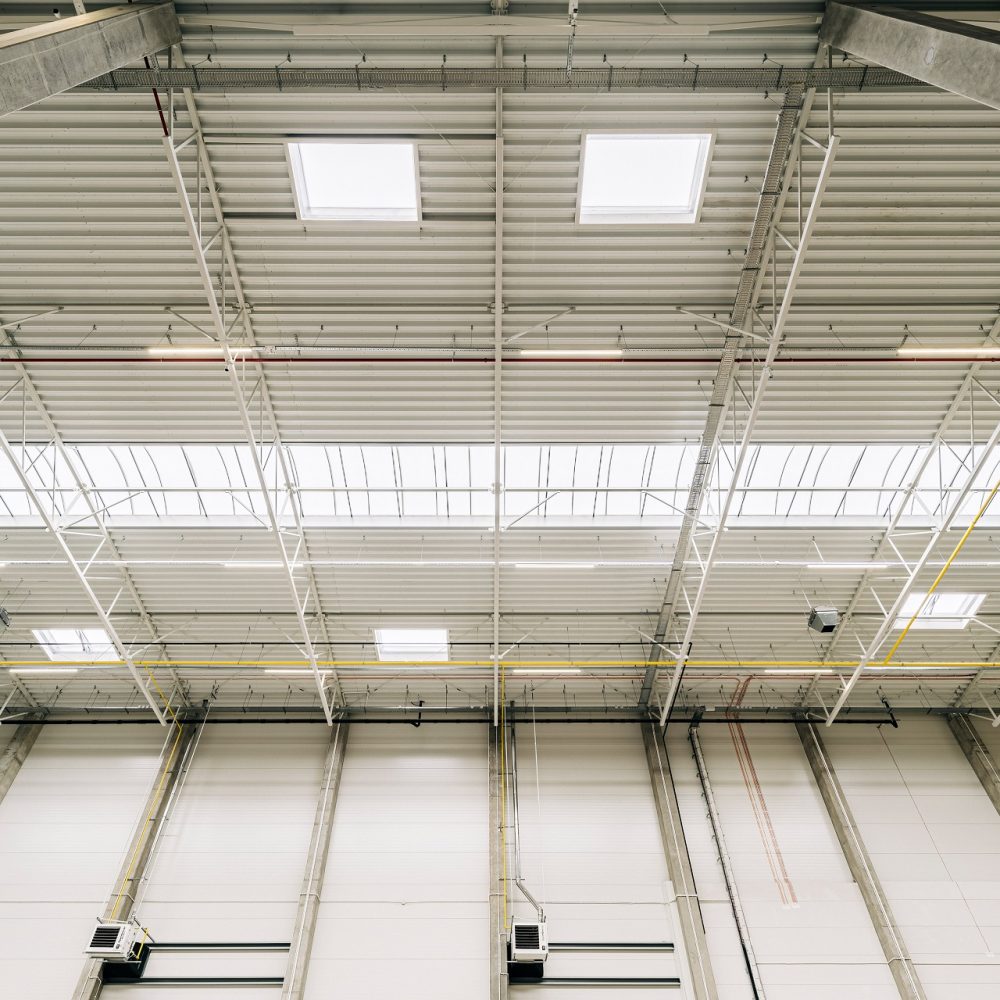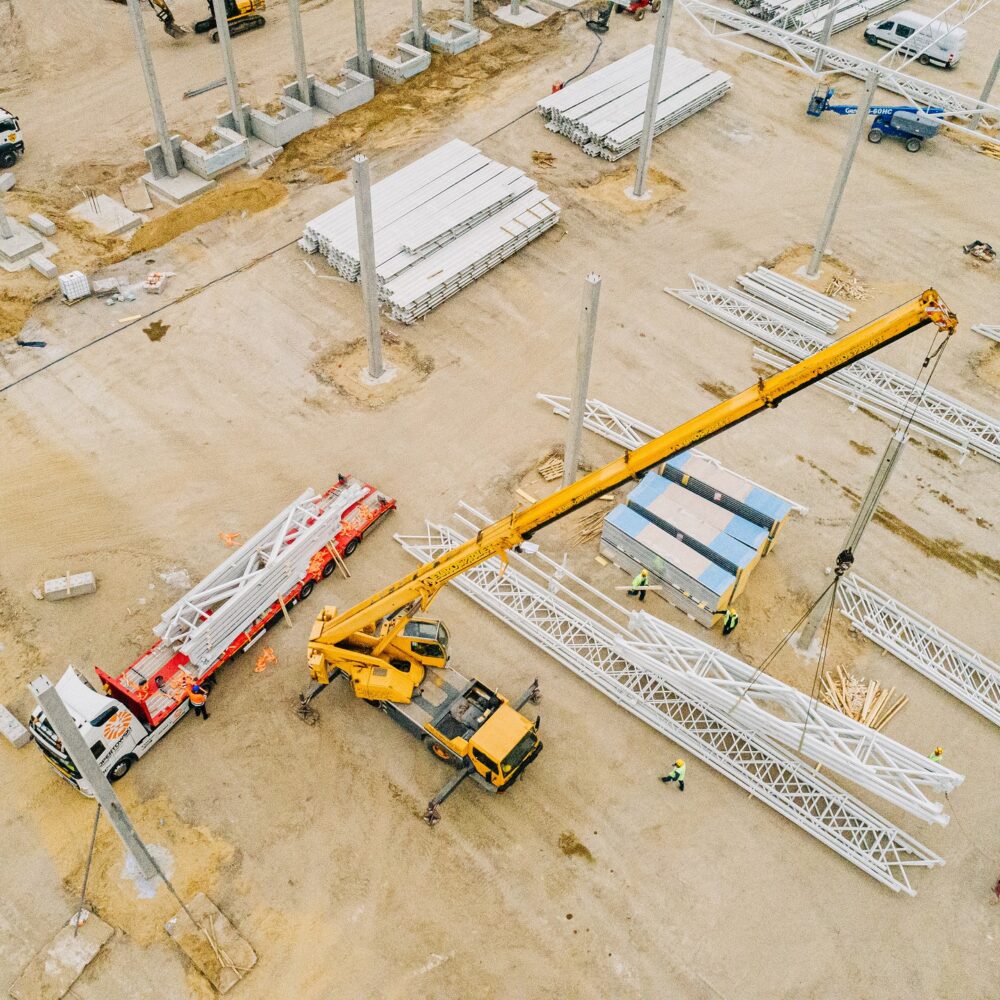
According to the definition, noise is any unwanted, unpleasant and annoying sound under given conditions and for a given person. It is estimated that about 13 million people in Poland are exposed to noise. The largest group out of these, nearly 4 million, are those exposed to road noise above 65 dB.
Noise can be found anywhere, but particular attention should be paid to that in the working environment, as this is where each of us spends a lot of time every day. Find out more about noise and how to protect yourself. Read more!
Noise protection – health and safety rules
Some of the most important legal acts referring to the protection from noise in working environment include:
- The Labour Code.
- The Regulation of the Minister of Economy and Labour of 26 September 1997 on the general occupational health and safety regulations.
- The Regulation of the Minister of Economy and Labour of 5 August 2005 on the occupational safety and health at work related to exposure to noise or mechanical vibration (Journal of Laws 2005 no. 157 item 1318, as amended).
The above legislation imposes a number of obligations on the employer to protect workers from noise. These include the need to measure noise levels, refer workers for preventive medical examinations and provide training in health and safety and in the operation of equipment. The employer must also take measures to protect workers from noise (including the issuance of hearing protectors) and identify ways to protect against it.
Noise protection measures in a production hall
Industrial facilities are places where workers are particularly exposed to noise. This is why industrial noise protection issues are so important. However, it is important to know that noise protection does not only mean protecting your ears with suitable ear protectors. It is also a protection for the whole body, as the non-auditory effects of noise exposure must also be borne in mind.
There are several ways of protecting against noise in production halls and its effects. These methods are divided into two groups, the technical and organisational solutions.
Technical solutions include:
- Reducing noise at source, i.e. by intervening in the structure of noise emitting equipment (e.g. changing its design). Reduction at the source should be taken into account as early as at the stage of building a hall or when designing and upgrading an existing industrial facility. Reducing noise at the source is particularly important when protection against industrial noise is required.
- The use of collective protection measures, i.e. the installation of enclosures, screens or soundproof cabins (i.e. airtight barriers between the noise source – machine, production line) and their users. At the design stage of an industrial building, the design of walls, ceilings and roof should take into account the sound insulation properties of the partitions.
- The use of personal protective equipment – protecting your ears from noise by using personal protective equipment, such as earmuffs, earplugs or the so-called stoppers.
The organisational solutions include:
- breaks during work,
- workers rotation at the workplace,
- appropriate location of machinery in industrial facilities.
The above measures for the protection against noise at work are applied in the existing facilities, but, as mentioned earlier, they should already be considered at the stage of building an industrial hall. At best, all these measures are combined. However, if the use of other methods, for various reasons, is not possible, it becomes necessary to use personal protective equipment.
Effective noise protection with ear protectors
Ear muffs or earplugs must be used correctly in order to work effectively. Every new employee should be familiar with the instructions on how to use protective equipment and how to put it on properly. Appropriate health and safety training can help here. During such training, workers should also be made aware of the need to use ear protectors whenever they are in an area where this is required. They should also pay attention to the proper condition and cleanliness of their protectors.
Supervisors should inspect workstations for the proper use of all personal protective equipment, both, those that protect against mechanical injury (e.g. work boots, helmet, gloves), and those that are not visible at first glance (earplugs to protect against noise).
Effects of noise on the human body
During training, workers should be made aware of the effects of noise on the human body. Importantly, it is not just limited to negative effects on hearing, it also includes other health effects. Noise can disrupt the functioning of the digestive, nervous and circulatory systems, as well as causes premature ageing and social exclusion through hearing loss and other diseases.
People exposed to noise at work should pay special attention to noise also during non-work activities and thus avoid situations and places where it is very noisy.
Factors that increase the harmful effects of noise on hearing include smoking, cardiovascular disease and contact with hazardous substances (mainly organic solvents). Ultimately, the objective should be to eliminate these factors and, where this is not possible, reduce their use, in the case of disease, appropriate treatment is required.
You will find out more in the article: What is the process of manufacturing and assembling steel structures like?



